Difference between revisions of "Liming - Leather Tanning"
From www.leather-dictionary.com - The Leather Dictionary
| Line 30: | Line 30: | ||
* Removal of proteins that would affect the [[leather quality]]. | * Removal of proteins that would affect the [[leather quality]]. | ||
* Removal of fat in the skin. | * Removal of fat in the skin. | ||
| − | * Swelling of the leather | + | * Swelling of the leather fibres. |
| − | * Open the skin structure, so that the | + | * Open the skin structure, so that the fibres loosen and the [[tannins]] can be well connected. |
Revision as of 16:55, 29 October 2016
Liming is a working step in the leather production in the tannery. The main purpose of liming is to separate the hair from the hides. Leather is used with and without hair. Furs retain their hair because the end user wants them. Most of the leather is dehaired in the tannery. Shoes, belts, car and furniture are produced without hairs on the leather.
Leather, where the hair remains on the leather skin.
Most leather is processed without hair.
Tasks of liming
- Loosening the top skin and hair, so that it can be removed more easily.
- Loosening of meat and fat residues for removal.
- Removal of proteins that would affect the leather quality.
- Removal of fat in the skin.
- Swelling of the leather fibres.
- Open the skin structure, so that the fibres loosen and the tannins can be well connected.
Liming in the drum. - After liming the next working steps are fleshing and splitting.
In the past, liming was done with ashes and water.
Videos about the leather production
The leather production in a modern tannery.
| Process steps in the leather production |
|---|
| storage - liming - fleshing - splitting - pickling - tanning - neutralising - withering - sorting - shaving - yeing (through colouring) and fatliquoring - drying - finish - softening - final check |
| Tanning methods |
|---|
| Chrome tanning - Vegetable-tanned leather - Tawing with alum - Buckskin - Synthetic tanning |







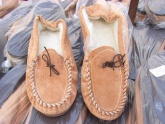
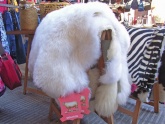
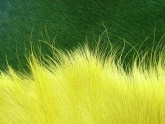

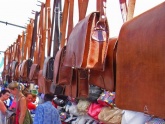


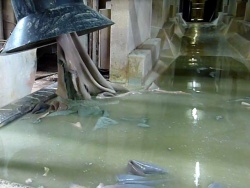




 a kotori web solution
a kotori web solution